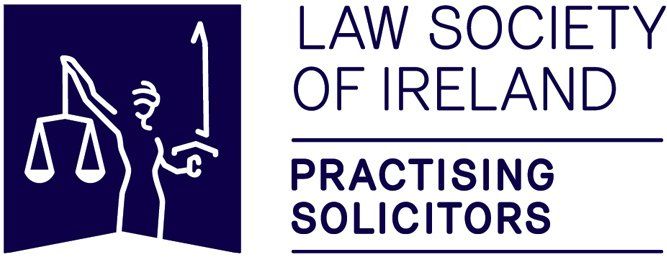There can be occasions where a person or persons wish to challenge the Will of a loved one. The grounds can vary, but common grounds are that they may have felt that the deceased (testator) was not of sound mind when making their Will, or that another person exercised undue influence on the person making the Will, or that a beneficiary may feel that they were unfairly treated by the Will or that the Will was invalid.
A child of the deceased may claim that they were treated less fairly that other siblings and thus would be entitled to challenge the Will. In this case, a court will investigate any disbursements during the testator’s lifetime that might have been the reason why the challenger was left less of the testator's assets than his/her siblings. The court seeks to read the intention of the testator and interpret it accordingly.
A person who was a financial dependent of the testator would have a similar claim. This group could be children, spouse, adopted/fostered children, civil partners, grandchildren or step-grandchildren. Outside of this group i.e. nephews or nieces, a claim can be made, but it will be for the court to decide whether they have a legitimate claim or not.
Testator was Not of Sound Mind
A Will can be challenged if it is claimed that the testator lacked the ‘necessary capacity’ at the time of signing of the Will. This means, the person making the Will was not of sound mind and did not understand what they were doing or signing.
For such a claim to be successful, medical evidence would have to be produced to show that the testator lacked the mental capacity to understand what they were doing or signing.
Invalid Wills
For a Will to be valid, it must fulfil certain conditions:
- The Will must be in writing.
- It must be signed by the person who made the Will in front of two independent witnesses.
- The witnesses must not be beneficiaries.
- The person who made the Will must be over 18 and of sound mind.
- The witnesses themselves must be over 18.
Undue Influence
Put simply, this amounts to putting pressure on a person to do something they might not do or want to do themselves. In Wills, it might be persuading the testator to leave an asset to somebody.
A court will look at a Will that is being contested to ascertain if the testator put some provision in the Will that was out of character for the testator. Or if one beneficiary has done very well from the Will, which looked out of place. Another ground here could be that a gift in the Will was in contrast with the previously expressed intentions of the deceased.
Contesting a Will is a complex issue, so engaging the services of a solicitor is critical. The claim against a Will is to overturn all or part of the Will, and that requires establishing to the court the evidence necessary to invalidate the will and this is where your solicitor will guide you on what is regarded as one of the most difficult tasks in any court proceedings.

